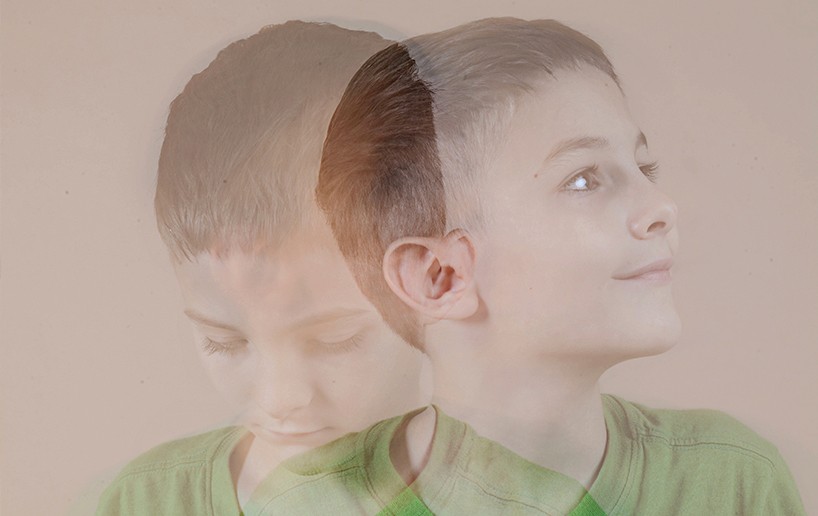In our busy reality, everything happens quickly and our children are often expected to follow at the same pace. Everything happens faster and there is more things happening around us. We don’t always have time to check if children understand what is happening around them.
Do they really know how they feel? What does that feeling mean? What should they do with it?
For many children emotional development just happens, everything falls into its place. For others, there is confusion inside a child between what they feel and what they understand. They are not able to express the feeling because they don’t understand what it is. They often try to communicate their confusion through behaviour. And that’s where the potential for problems starts.
We have our ideas on what type of behaviour is or isn’t acceptable and we try to teach our children to fit into the society. Nothing wrong with this….. except when a child doesn’t understand WHY? a certain behaviour is good or bad.
Many children with learning, developmental or sensory difficulties have their early life filled with all sorts of daily struggles. As a result, they will develop a set of emotions like frustration, uncertainty, or apprehension related to tasks or situations which their already know might bring struggles or failure. They will try to resolve the situation the best they know how – avoidance, distraction or resistance. It is easy in our busy, fast life to miss the relationship between the cause and effect and before we know it there is a child filled with emotions that are exploding at the least desirable times and places, leaving parents frustrated, desperate, with slowly crumbling confidence.
The way those emotions grow is slow and not easy to pick up and it may take a very close, analytical look to find the core of the behavior and emotions. To find out if it is communication problem, difficulty understanding the world around them or frustration due to inability of putting their ideas into action, parents would need to consult with appropriate professionals. It is most important to address the developmental foundations which have not been established.
Teaching children skills without appropriate foundations is like building a house on a sand dune. It doesn’t matter how hard we try, it will not hold up. It can be a cause of more frustration as the hard work and effort the child puts into development of skills will feel hollow and incomplete. For example, teaching children to say “sorry” when they don’t understand the effect of their actions on others, will just be an empty word. The child may associate this with doing something wrong but without knowing why is it wrong and how it affected the other person; they will not know how to change their behavior next time around. It also will not help the child to care about the behavior’s impact on others.
To help children learn about emotions doesn’t involve recognizing emotions on pictures. This is just learning to recognize expressions of human face. To actually understand what they feel, they need to feel and have someone tell them what it’s called. When a child is sad because their best friend didn’t invite him for a play date, don’t try to make it better by distracting him with a treat or a game. This is an opportunity to learn. You can say: “You must be very disappointed” or “sad” and then suggest how your child might deal with that feeling. “What about if we have a cuddle and I will read you a book?” There is nothing wrong with feeling sad sometimes. Things that make us sad or upset happen, we can’t avoid them. Supporting our children in dealing with disappointments and sadness earlier in life will build their resilience and reduce their anxiety later in life.
It is important to also show your child that you have feelings and sometimes your child makes you have feelings that don’t feel good. For example, when your child has a tough moment and kicks you because she/he is not coping well, it is OK to let them know that “that hurts, I don’t like it. If you want to kick you can go over there. I don’t want to be with you now”. And just leave. This way the child can reflect on his behavior without being judged. You, by removing yourself from the situation, have taken away the biggest reward – your attention.
The big thing to remember is:
[cs_quote column_size=”1/1″ quote_cite_url=”#” quote_text_color=”#f37735″ quote_align=”center”]There is nothing wrong with emotions, it is just what you do with them counts.[/cs_quote]
We need to help our children to feel, understand what they feel and learn how to communicate those feelings in ways that others will understand.
Once children start to recognize their own emotions and feel safe with them, you can use opportunities from everyday life to show them how others may feel to teach them empathy and compassion. By talking about others and bringing examples of similar feelings from your child’s life will help to make a bridge between their and other people’s feelings. It will make it real and relevant.
Our children take us on a journey through their emotional development, shaping our emotional life at the same time. The journey is challenging and rewarding at the same time, it just sometimes feels a bit lopsided.


0 Comments